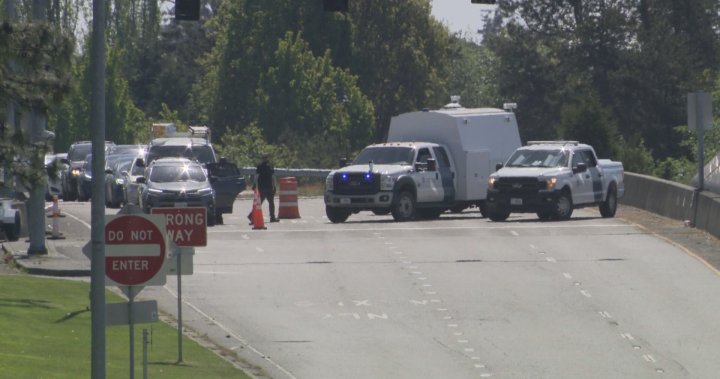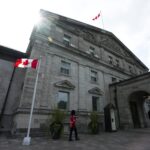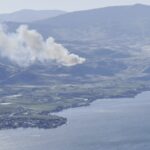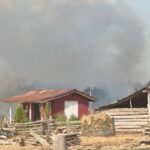La mince ligne qui sépare le Canada et les États-Unis est devenue de plus en plus poreuse pour les trafiquants de contrebande, incitant les autorités frontalières américaines à intensifier leur vigilance le long des postes de contrôle près de la Colombie-Britannique. Les récentes opérations d’application de la loi ont permis de saisir d’importantes quantités de stupéfiants, d’armes et d’argent, mettant en évidence les défis complexes en matière de sécurité auxquels font face les deux nations.
Au cours d’une série d’opérations sans précédent menées ces trois derniers mois, les agents de la Protection des frontières et des douanes américaines (CBP) ont intercepté pour plus de 4,2 millions de dollars de substances illégales, principalement de la méthamphétamine et du fentanyl, à des points de contrôle situés à moins de 160 kilomètres de la frontière entre la Colombie-Britannique et l’État de Washington. Ces saisies représentent une augmentation de 27 % par rapport à la même période l’année dernière, selon les statistiques officielles de la CBP.
“Ce que nous observons, c’est une adaptation sophistiquée des organisations de trafic,” explique Raymond Ortiz, directeur régional de la CBP pour le Nord-Ouest Pacifique. “Alors que nous renforçons la sécurité aux points d’entrée officiels, les tentatives de contrebande à travers les régions frontalières éloignées se sont considérablement accélérées.”
La stratégie renforcée comprend des points de contrôle temporaires le long de l’autoroute 9 et de l’Interstate 5, déployant des technologies de détection avancées et des unités canines spécifiquement formées pour détecter les stupéfiants et les devises. Ces mesures se sont avérées remarquablement efficaces, les agents ayant confisqué 112 kilogrammes de méthamphétamine, 38 kilogrammes de fentanyl et 27 armes à feu non enregistrées depuis l’intensification des opérations en février.
Les autorités canadiennes ont pris note de ces développements. L’Équipe intégrée de la police des frontières de la GRC a renforcé sa coordination avec ses homologues américains, établissant des patrouilles conjointes dans les zones vulnérables le long du périmètre sud de la Colombie-Britannique.
“Ce n’est pas seulement un problème américain,” souligne la sergente d’état-major Melissa Chen de la GRC. “Chaque gramme de contrebande traversant vers le sud permet potentiellement le flux vers le nord d’armes illégales ou d’autres substances dangereuses. Nos préoccupations en matière de sécurité sont fondamentalement interconnectées.”
La recrudescence des saisies a suscité un débat parmi les experts en politique concernant l’efficacité des approches actuelles de gestion des frontières. Dre Helena Ramirez, directrice des études sur la sécurité frontalière à l’Université Simon Fraser, souligne des problèmes systémiques qui pourraient nécessiter des solutions plus larges.
“Bien que le renforcement de l’application des lois produise des statistiques impressionnantes, nous devons nous demander si l’interdiction seule s’attaque aux causes profondes,” a déclaré Ramirez. “Les incitations économiques au trafic restent puissantes, et les réseaux de crime organisé ont démontré une résilience et une adaptabilité remarquables.”
Les dimensions économiques de la contrebande transfrontalière ont attiré l’attention des analystes financiers qui suivent les impacts

























